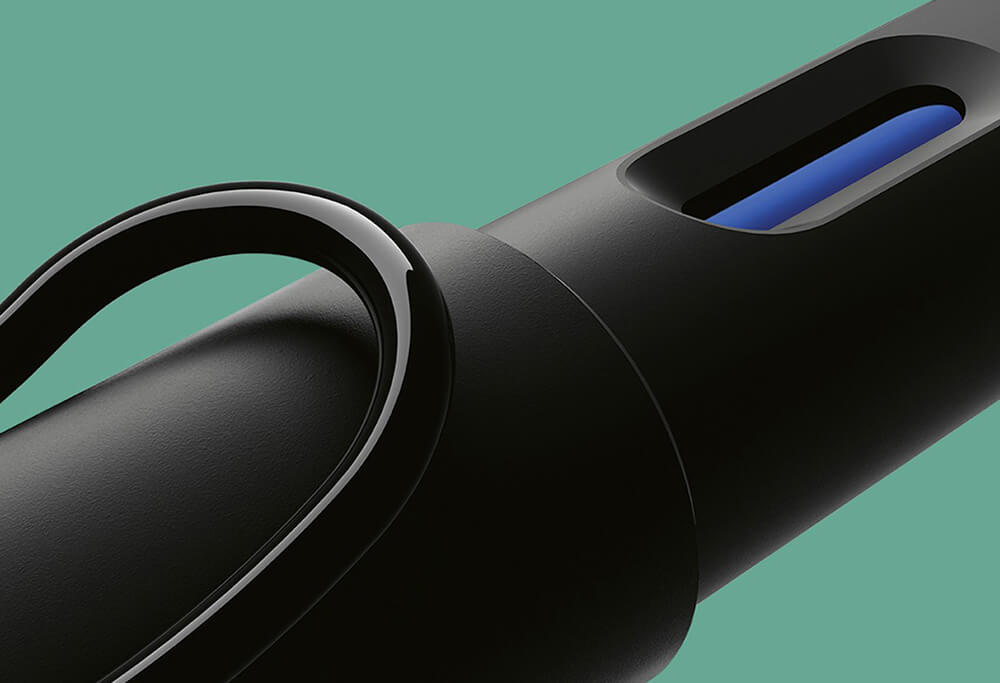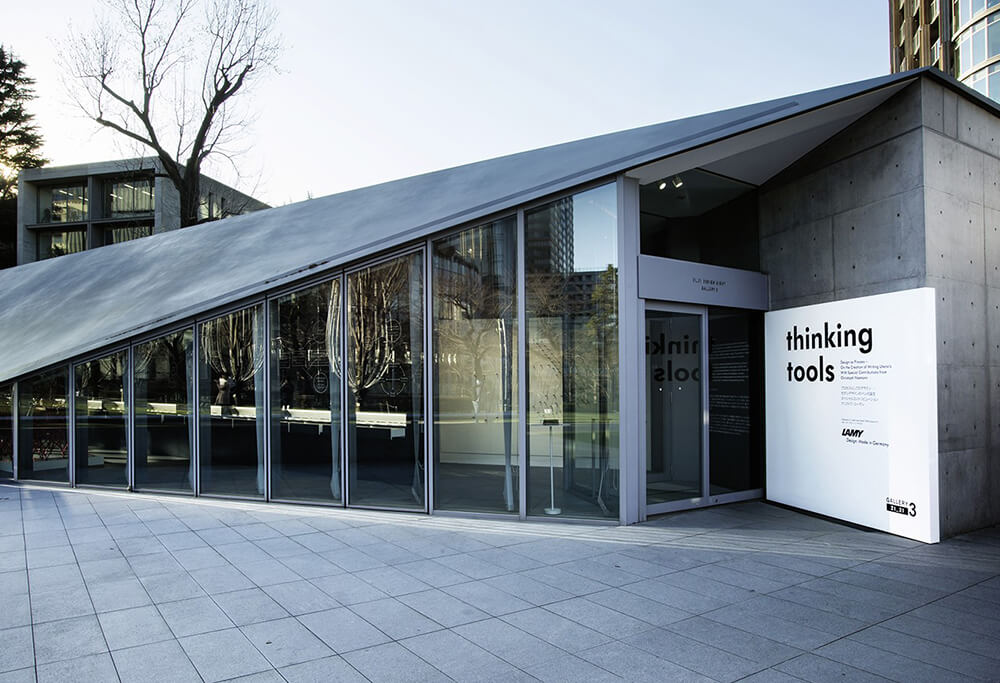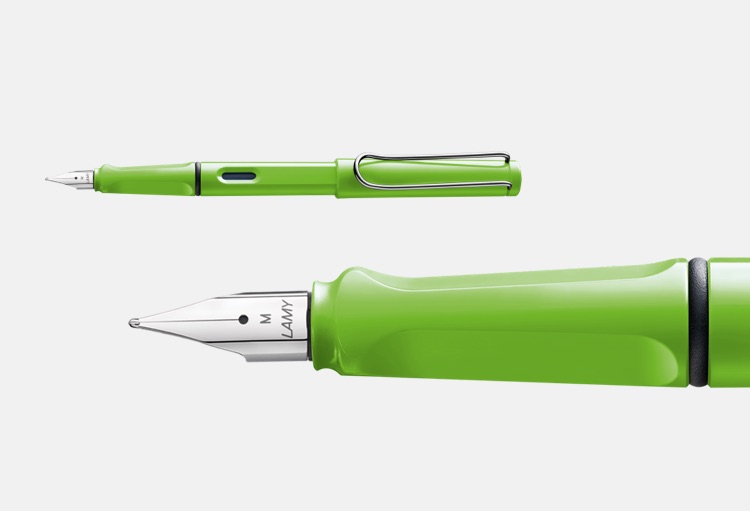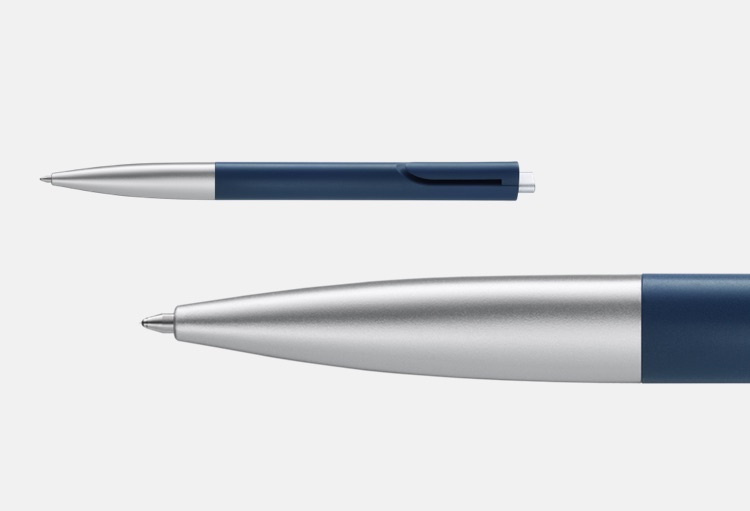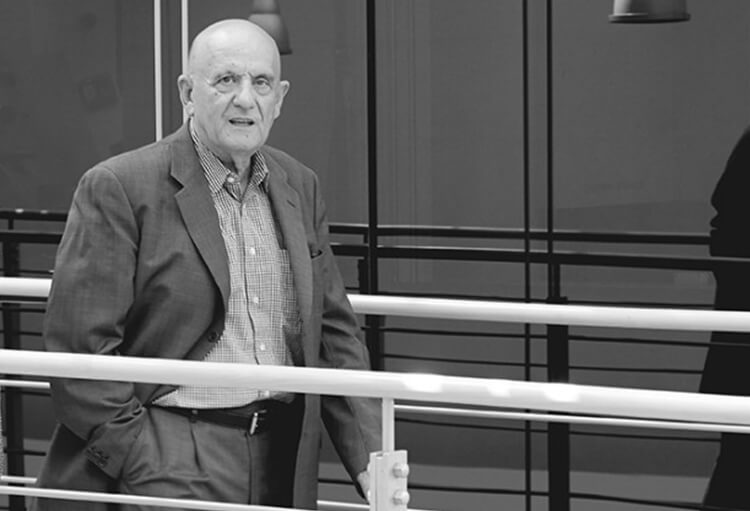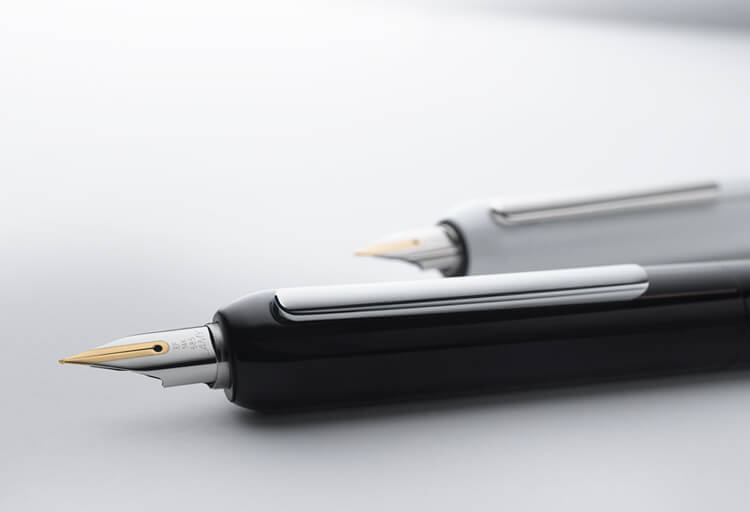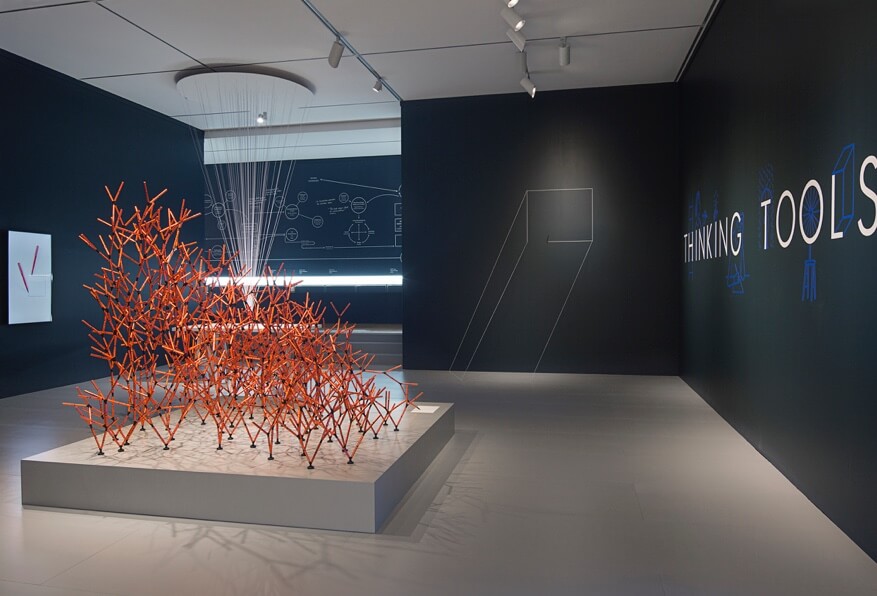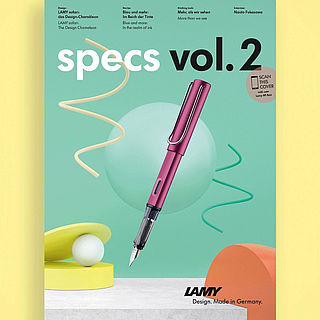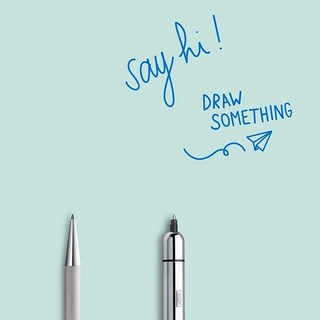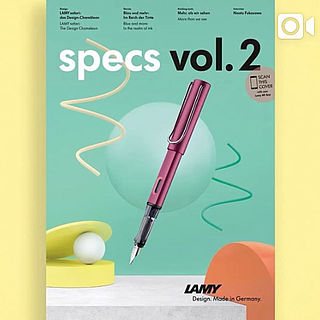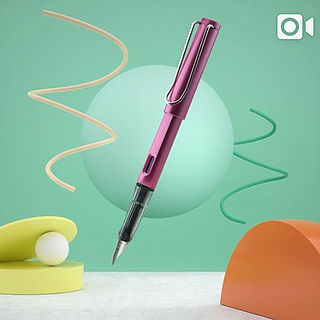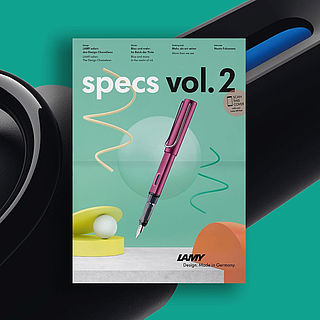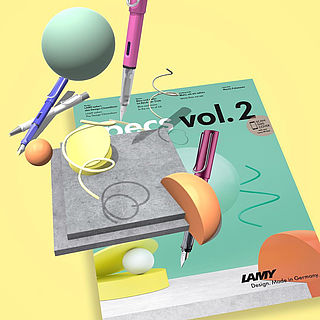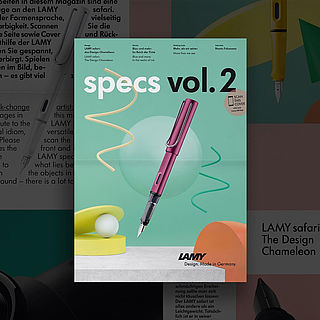A conversation with Naoto Fukawasa
How is good design developed? The exhibition “thinking tools” traces this seemingly simple question. Designer Naoto Fukasawa has found his own particular answers – and these in turn are all about asking the right questions.

Design should not be only about objects themselves but it should be for the entire existence of things within space.
Mr. Fukasawa, you once said that good design forms a bond between man and his environment. Could you explain exactly what you mean by that?
NF: We cannot appraise objects just as objects because they are surrounded by life and this is what I mean when I say environment. Design should not be only about objects themselves but it should be for the entire existence of things within space.
Ten years ago you created the LAMY noto for Lamy. What excited you about the task of designing a writing instrument and how did you approach it?
NF: I believe LAMY is one of the companies that has inherited and represents the spirit of Bauhaus and German design culture and I was very interested in working with such a company. The LAMY safari is one of Lamy’s most iconic products and I was familiar with it for a long time. I knew my proposal had to have a sort of technical element to it, as that is the essence of LAMY in a certain sense. I think LAMY has reason to be very proud of its technical research and of its developments. But at the same time, I was drawn to the idea of finding a new identity that is somehow different from classic or traditional pens. That was my personal goal.

I think LAMY has reason to be very proud of its technical research and of its developments.
I agree that handwriting is perceived as a more valuable experience today than in the past.
When designing the LAMY noto you had the idea of creating a writing instrument “out of one piece”. What was your inspiration for this?
NF: Once I had found a new iconic triangular shape for the LAMY noto, I did not want to break with this form. But I think it was very natural for functional reasons for the clip to be integrated into the shape rather than being added on to the shape. Then it was also natural to cut it out of one of the edges of this triangular profile.
Over time, some items change their significance in the lives of people. Nowadays, writing instruments are used less frequently in our everyday lives than they were twenty years ago.
As a result, writing by hand has attained a different status, is more a luxury than a daily routine. Does design have to adapt to such changes?
NF: I agree that handwriting is perceived as a more valuable experience today than in the past. In some cases, people may use disposable pens or in some cases, people prefer to use their personal pens. It is in some ways similar to the situation in which analogue watches did not disappear with the introduction of wearable wrist personal computers. Which media to use in which situation really depends on the overall situation.
Seamless transition between clip and body: the LAMY noto
Quiet design does not mean the designs are not noticeable.
What item would you still like to design?
NF: Apart from cars, building elevators and escalators, there is not much that I have not designed. I think forms for things will soon disappear and they will be integrated into our body and our environment. Today I am more and more interested in finding a way to communicate things like AI (Artificial Intelligence) and the nuances of environments. I am interested in the relationship between things and people. Other than that, I have designed a lot of interiors but I have never built a house of my own from scratch, so this is interesting.
If it is for other people, I can design anything, but when it comes to my own thing, it becomes very difficult to make decisions. But somehow, in a way, I have this strange feeling that I would prefer to design windows than a house.
Most people have a clear idea of what a “typical” toaster looks like, of a “typical” water bottle or a “typical” chair.
How difficult is it to free oneself of this acquired perception and to give new form to an everyday item – a toaster, a water bottle, a chair? How can one improve something that already works?
NF: It may sound strange to say “it looks yummy” about chairs, but rather than saying it looks comfortable or it looks nice, I think this word expresses the core of what the attraction for design is about. Otherwise we sometimes words such as “adorable” to express our appreciation, but in any case, I think a good design is something that evokes this appreciation. I think it is important to ask ourselves – when the design is almost finished – if the result is yummy or adorable and this may be a way to create good design.
One has the impression that contemporary design is becoming flatter. Everything is highly polished, perfection is becoming an end in itself.
Is something lost in this way, in your opinion? Or: How does one create a bridge between design which is minimalistic and linear, yet not without soul?
NF: I cannot say everything should be smooth and polished. Designers really need to use their sensitivity to develop the haptic properties of their materials. Otherwise things become very superficial and weightless.
Your approach to design is without doubt very much influenced by Japanese culture. You do, however, travel abroad a lot; does that change one’s own perspective on design?
NF: I compare creating my designs to making a soup stock or cooking a broth. If we make a good soup stock, the taste we add is based on the different culture, locality or taste of the brand itself. Japanese culture emphasises the beauty of “umami” and we make the taste very subtle but this “umami” is loved by everyone today.
You are well known for reduced, “quiet” design, which does not draw attention to itself with gimmicks, but rather – to the contrary – strives for anonymity. Have you never tried to be loud?
NF: Quiet design does not mean the designs are not noticeable. Being quiet in a buzzing space can tell you how noticeable quiet can be. But I am not quiet to attract attention. I am just not very interested in loud environments or being loud to attract attention. So I do not create quiet designs to be noticed. If people want me to design something loud, I can do that, although it is not really my nature to do so.

